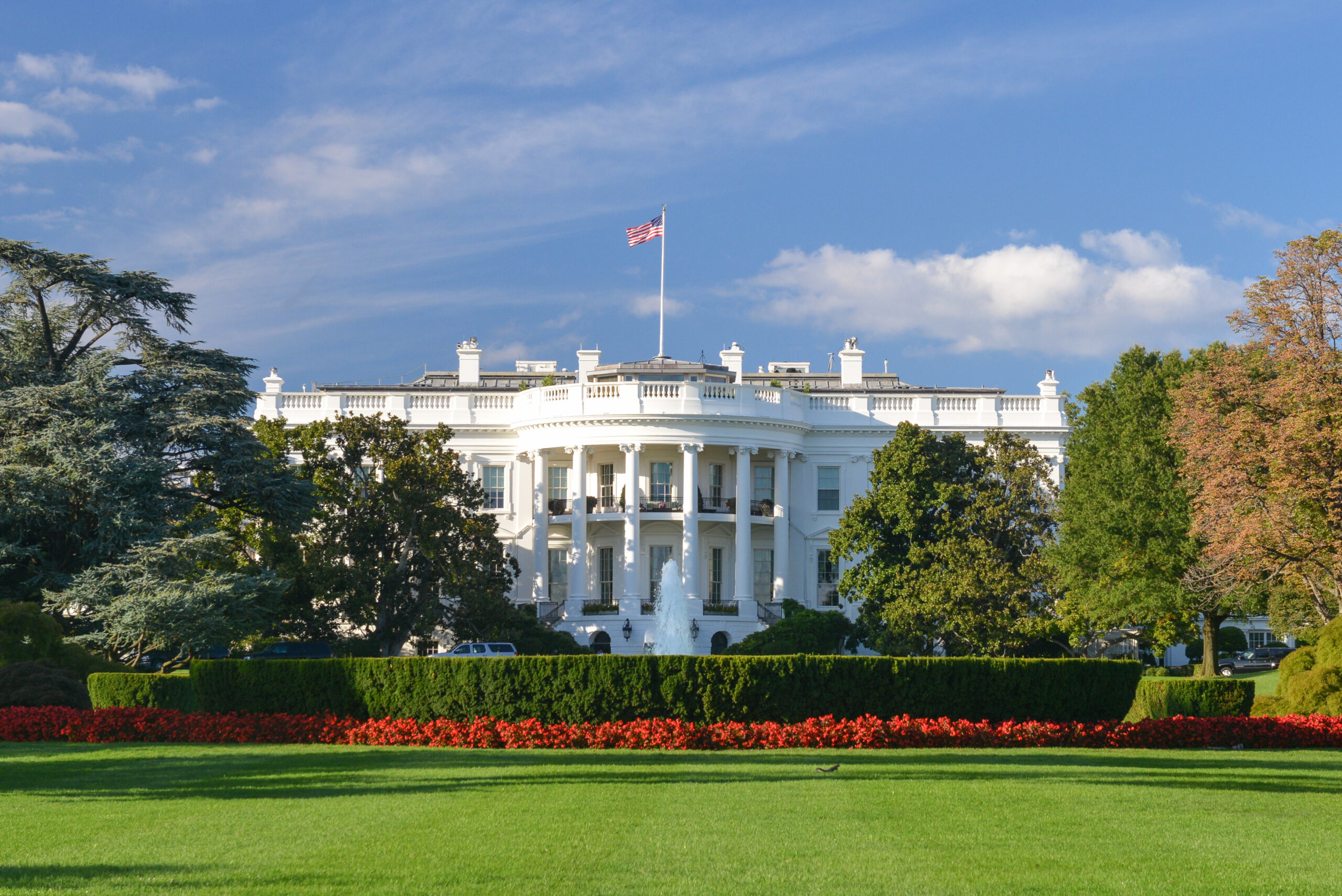By Steve Hughes J.D., Senior Manager, U.S.
Imagine unlocking trillions in retirement savings to fuel private markets. It’s an exciting prospect, but as always, the devil is in the detail.
The Executive Order signed by President Trump on August 7, 2025 titled “Democratizing Access to Alternative Assets for 401(k) Investors” could transform how everyday Americans build wealth. Evergreen funds, with their never-ending structure, are at the heart of it, promising easier access to alternatives like private equity. However, these funds layer on compliance complexities under ERISA, SEC rules and fiduciary standards that demand a strategic plan.
Evergreen funds: A closer look at their set-up
Picture a fund that has no finish line; evergreen funds, also known as perpetual or open-ended vehicles, operate indefinitely, allowing managers to invest steadily while investors join or exit at set times, often quarterly. This structure sets them apart from traditional closed-end private equity funds, which generally lock in capital for 10 to 12 years with scheduled drawdowns. Evergreens recycle proceeds from exits into fresh opportunities, typically in private credit, secondaries or real estate.
In 401(k) plans, they might appear as collective trusts, interval funds regulated under the 1940 Investment Company Act, or periodic tender offers, serving as compact sleeves in target date funds for alternative exposure. This set-up allows for daily net asset value (NAV) pricing despite underlying illiquid assets, fitting nicely into participant directed retirement accounts.
According to a recent Morningstar report, a lesser-known perk of evergreen funds is their low entry barriers. Many initial investments start at US$100,000 or less, quietly democratizing private markets for smaller investors who may otherwise be shut out. Managers often blend evergreen strategies with others to avoid over-reliance on direct commitments, creating hybrid portfolios that can endure market dips more smoothly.
The Administration’s plan: Recent updates and schedule
The Executive Order isn’t just policy jargon; it’s a bold call for every retirement saver to tap into alternatives if fiduciaries see them as prudent for long-term, risk-adjusted gains.
Key directives as outlined in the Executive Order and Department of Labor (DOL) briefings include:
- DOL moves: By February 3, 2026, the DOL must reassess ERISA fiduciary guidelines for incorporating alternatives into diversified funds, leveraging the August 12, 2025 withdrawal of the 2021 private equity supplemental guidance. This includes proposing clearer rules or targeted safe harbors to facilitate easier implementation while mitigating litigation risks
- SEC involvement: The SEC needs to collaborate with DOL to adjust accredited investor thresholds, easing broader participation
A House bill named the Retirement Investment Choice Act, introduced in mid-October 2025, seeks to enshrine these changes into law, potentially fast-tracking adoption. Currently DOL opinions emphasize neutral, principles-driven fiduciary assessments, shifting from past hesitancy. The SEC meanwhile is leaning towards more retail-friendly private fund rules.
For evergreens, this spotlights secondary strategies, which thrive in these formats for better liquidity in retirement plans. Unlike drawdown funds that can take years to deploy capital, evergreens offer immediate access to mature, diversified holdings, ideal for volatile times as noted in PwC’s 2025 alternative asset trends analysis.
Compliance issues: Practical layers and potential pitfalls
Incorporating evergreens will amp up scrutiny under ERISA Section 404(a)’s mandate for prudent oversight. Early evergreens sometimes hid layered fees that clashed with investor alignment, but today’s models, per industry watchers like Cambridge Associates, have refined this. It still underscores the need for rigorous fee disclosures.
Here’s a breakdown of potential issues to be aware of:
- Pricing and reporting: Valuing elusive assets calls for independent appraisals and steady daily NAVs in target-date tranches. Practically align with SEC standards for registered funds or ERISA’s prudent investor rule; pitfalls include breaches from overvaluations
- Handling liquidity: ERISA’s participant-choice safe harbor demands quarterly tweaks, but evergreen redemptions could clash with mass exits. Advisors could counter this with redemption gates or illiquid asset silos, ensuring transparency under advisory disclosure rules to sidestep SEC scrutiny
- Conflicts and charges: The 1940 Act’s uniform fees help, but cross-fund deal allocations require upfront disclosure. Avoid ERISA prohibited transactions; tactically cap alternatives at 10-15% in target-date funds
- Safeguards and explanations: Retail expansion means beefing up risk disclosures on volatility; the Order’s safe harbor may help minimize lawsuits, but vetting against DOL letters will be key.
Strategic and hands-on planning: Getting ready for early 2026 and beyond
Strategically, frame evergreens as your bridge to retail capital, revamping policies for ERISA fit and linking target-date professionals for alternative slots.
Recommended actions for hands-on planning:
- Perform ERISA-tuned audits on valuations and liquidity, weaving in unrelated business taxable income (UBTI) protections for tax forecasts
- Simulate outflow crises; restrict exposures and deploy blockers for tax defense
- Track DOL releases, the House bill, and SEC retail shifts
- Leverage tech for instant NAVs; coach fiduciaries on upside and downside risks, noting state-specific UBTI quirks.
Looking forward
This shift could revolutionize retirement, blending opportunity with caution, and strong compliance is what will turn it into an edge. While challenges remain, both retail investors and fund managers stand to benefit from this shift.
Please get in touch if you have any questions or if you wish to engage IQ-EQ to conduct a comprehensive compliance review of your evergreen approaches in 401(k) accounts. Our experienced team can help you navigate potential ERISA dangers, pricing methods, marketing issues and tax exposures.




